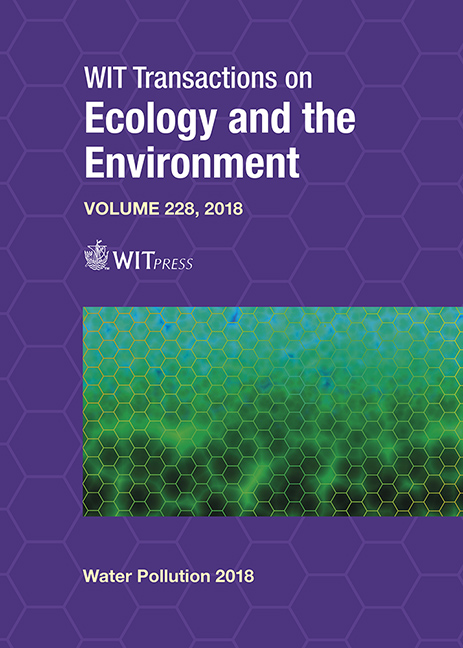TESTING WATER POLLUTION BASED ON WIRELESS SENSOR NETWORKS AND STOCHASTIC APPROXIMATION METHOD: THE CASE OF FLINT, MICHIGAN, USA
Price
Free (open access)
Transaction
Volume
228
Pages
7
Page Range
277 - 283
Published
2018
Size
369 kb
Paper DOI
10.2495/WP180261
Copyright
WIT Press
Author(s)
NAHED A. ALNAHASH, MOHAMED A. ZOHDY
Abstract
Because water is essential to human life and a healthy environment, it is important that the water is in good condition to use. Water pollution is one of the important issues that affect the environment, so it should be monitored over time. A conventional method requires personnel to physically go to the location and take the samples from different places and bring them back to the lab to process. A novel monitoring system architecture based on a wireless sensor network was proposed in this research. As the use of this technology, it is important to have a good system to provide good analysis in a short time, cost, and efficiency. In this research, a wireless network was built using MatLab software, and the low-energy adaptive clustering hierarchy (LEACH) is considered the best algorithm in the construction of clusters. This research focuses on Flint water crisis. Stochastic approximation method is considered to calculate the collected sensors data and compare it with real data that was collected from Michigan.gov website. The lead rate is the element that this research focused on. Because this research using, wireless sensor networks the measurements will be mixed with noise at the base station, and the linear Kalman filter was applied to mitigating each sensor measurement noise. The simulation results showed that the surveillance system succeeded in calculating the data compared to the values from the US Environmental Protection Agency (EPA).
Keywords
LEACH, cluster head, sensors, WSN, stochastic method, lead, pollution, WHO, LKF





